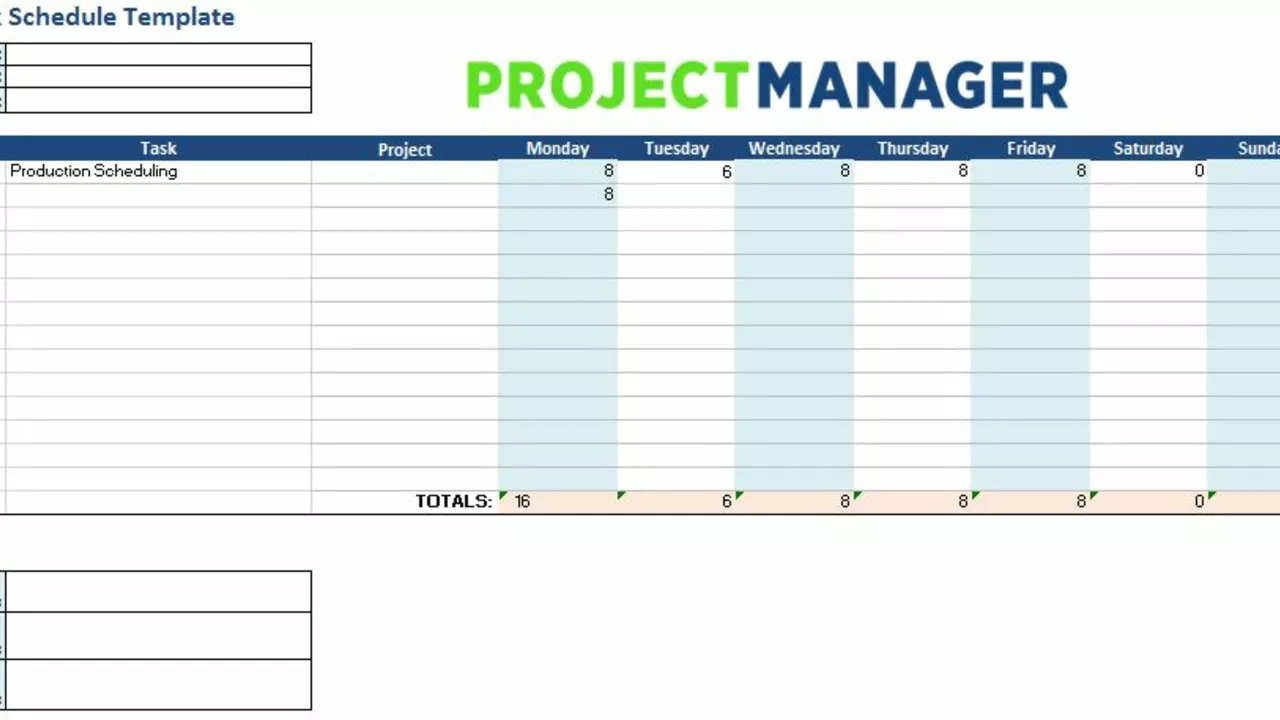NFL – Everything You Need to Know
When talking about NFL, the National Football League is the premier professional American football organization in the United States. Also known as the NFL, it brings together 32 teams, a massive fan base, and a year‑long calendar of games, drafts, and championships. The league’s reach goes beyond the field – it shapes TV schedules, drives merchandise sales, and even influences local economies. Below we break down the key pieces that make the NFL such a cultural force.
One cornerstone of the league is the Super Bowl, the annual championship game that crowns the season’s winner. This single event pulls in more viewers than any other TV broadcast in the country, turning a football showdown into a pop‑culture moment. From halftime shows to viral commercials, the Super Bowl illustrates how the NFL blends sport with entertainment. The game’s high stakes also fuel endless debate about strategy, player performance, and even conspiracy theories, keeping fans talking all year.
Another pivotal piece is the NFL Draft, the yearly event where teams select eligible college players. Draft day sets the tone for future rosters and can turn a struggling franchise into a contender overnight. Teams evaluate talent based on speed, size, and mental toughness, then trade picks to fill specific needs. This process showcases the league’s emphasis on scouting and long‑term planning, and it creates a flood of excitement for fans eager to imagine how a new rookie could change the game.
While the spotlight often shines on big events, the day‑to‑day reality of American football involves complex strategies and physical demands. Offense, defense, and special teams each run their own playbooks, and coaches spend countless hours breaking down film to gain an edge. At the same time, the league invests heavily in player safety, updating equipment standards and refining concussion protocols. These efforts aim to preserve the sport’s intensity while protecting the athletes who make it possible.
Fans are the lifeblood of the league, and their culture extends far beyond the stadium seats. Tailgate parties, fantasy leagues, and social media debates turn casual viewers into devoted communities. Regional rivalries—like the Patriots versus the Bills or the Steelers versus the Browns—ignite local pride and keep rivalries fresh year after year. This fan engagement fuels merchandise sales, media contracts, and even city tourism, proving that the NFL is as much a social phenomenon as a sports competition.
What to Expect from Our Collection
The posts below dive deep into these topics. You’ll find analysis of Super Bowl controversies, breakdowns of draft strategies, discussions on why some cities dominate sports, and even a look at the business side of the league. Whether you’re a lifelong fan searching for fresh angles or a newcomer trying to get up to speed, the articles are curated to give you practical takeaways and entertaining reads.
So grab a snack, settle in, and explore the range of stories that capture the pulse of the NFL. From the excitement of championship nights to the nuances of player recruitment, the collection ahead offers a full picture of what makes this sport tick.
How many days does the NFL practice in a week?
As a passionate follower of the NFL, I've always been curious about how often these professionals practice. From my research, I've found that NFL teams typically practice about three to four days per week during the season, but this can significantly increase during the preseason and playoffs. It's quite impressive how these athletes balance intense training with recovery time to perform at such high levels. I've gained a deeper appreciation for the dedication it takes to be an NFL player, as it's clear that their hard work extends far beyond the games we see each week. This information might be interesting for other NFL fans like me who enjoy understanding the behind-the-scenes efforts of our favorite teams.
